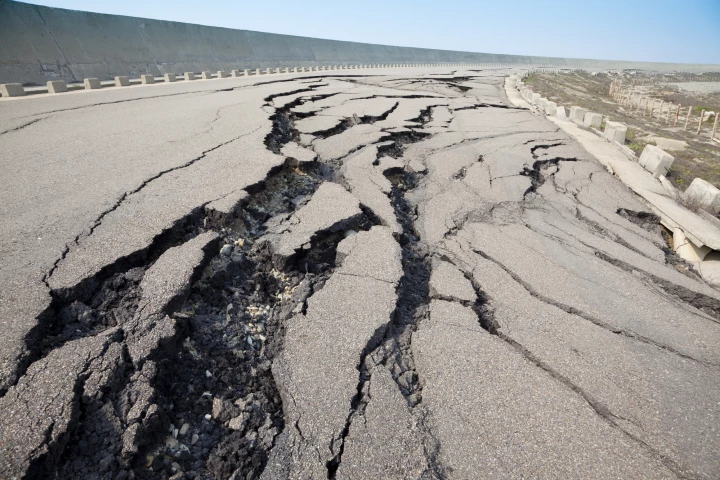Earthquake
-
NASA’s InSight has detected the strongest and longest quake on Mars so far. The event was five times more powerful than any previous marsquake, unleashing as much energy as all others combined. With the lander failing the record is unlikely to topple.
-
NASA’s InSight Mars lander has made two major new discoveries. By sensing seismic activity from the Red Planet, the craft has now detected a large meteorite impact, and found evidence of magma pools and volcanic activity still occurring today.
-
Predicting the likelihood and severity of earthquakes is important, but it’s hard to account for all factors. Researchers in New Zealand have now uncovered an overlooked factor that could affect the impact of the next big quake – tiny marine fossils.
-
NASA's InSight Mars lander is trading less life for more science after the space agency decided to let the spacecraft's remaining science instrument run until the lander's solar power system fails completely sometime in August or September.
-
NASA’s InSight lander has recorded the two strongest quakes detected so far on Mars, with both measuring over magnitude 4. These seismic events rolled in from the far side of the Red Planet, and one also clocked the record for longest marsquake.
-
NASA's InSight has provided … well, insight, into the inner workings of the Red Planet. By monitoring marsquakes over the past two years, the instrument measured the thickness and composition of Mars’ crust, mantle and core, revealing some surprises.
-
Most earthquakes last seconds to minutes, but others rumble along slowly for weeks or months, at low frequencies that may not be felt at the surface. Now researchers in Singapore have discovered the slowest earthquake ever found, lasting 32 years.
-
As part of a project that could greatly speed up the detection of tsunamis, Caltech and Google researchers have developed a method that turns operating submarine communication cables into earthquake detectors without using special equipment.
-
By understanding the upper limits of the wobbling that precariously balanced rocks have endured in the past, researchers can gain a picture of future earthquake risk, and a cutting-edge new technique could improve the accuracy of this modeling.
-
Google has started using the vast number of Android smartphones across the planet to help detect and warn people about seismic events. Your phone will begin transmitting accelerometer data if it detects something similar to an earthquake.
-
As you might imagine, installing seismic sensors on the ocean floor isn't an easy task. Recently, however, scientists were able to detect seabed seismic activity using something that was already down there – a fiber optic telecommunications cable.
-
NASA has released a symphony of sounds captured by InSight on Mars including quakes, howling winds, metallic “dinks and donks” and other eerie sounds.
Load More











